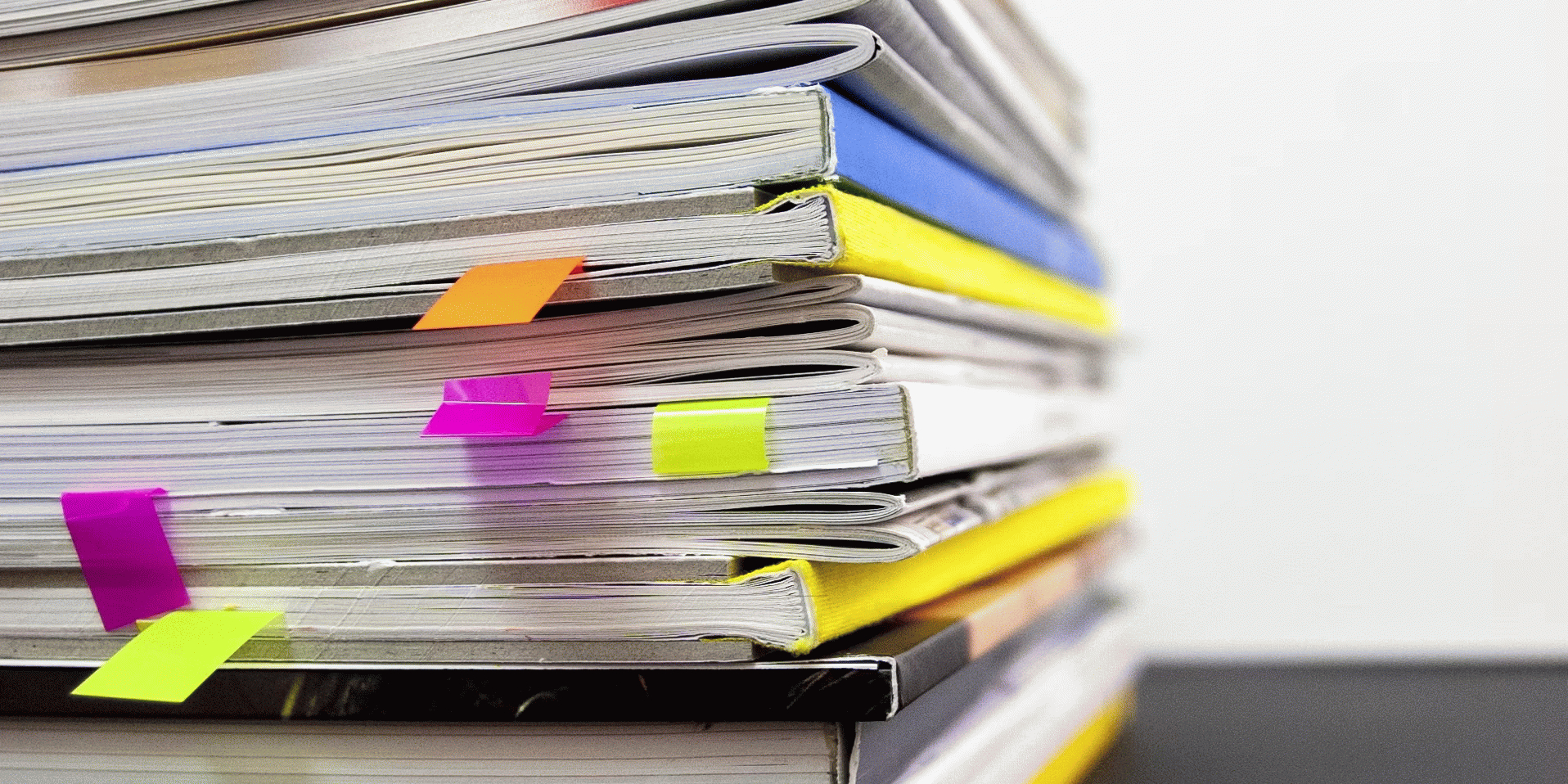
Non-Profit funding in minutes - not days!

Gathering the required information and documentation is a crucial step in preparing your fundraising application. Start by identifying all the materials you need to include. This typically involves several key documents and data points that demonstrate your organisation’s legitimacy, financial health, and the need for your proposed project.
If required, ensure you have proof of your non-profit status, such as your charity number, which verifies that you are tax-exempt as this may be a requirement of the funder. Next, gather your organisation’s financial statements, including recent balance sheets, income statements, and possibly your latest audit report if you have one. These documents help to demonstrate your organisation’s fiscal responsibility and transparency.
Collect details about your Trustees or other key staff members, including their backgrounds and qualifications. This information helps to establish the credibility and capability of your organisation’s leadership team. You may also need to include your organisation’s policies or any articles of association.
Gather data and statistics that support the need for your project. This might include demographic information, research studies, or needs assessments that illustrate the problem you aim to address and the potential impact of your project. Including this data helps to substantiate your proposal and shows funders that your project is well-founded and necessary.
If your project has a track-record or any pilot results, include any relevant success stories, testimonials, or case studies. These can provide tangible evidence of your project’s effectiveness and potential for positive impact.
Having all the required information ready and organised will streamline the writing process and ensure you do not miss any crucial elements when completing the application. This preparation is essential for crafting a compelling and thorough proposal.
Image Credit: Bernd Klutsch (unsplash.com)
Updated: 21st Jun 25